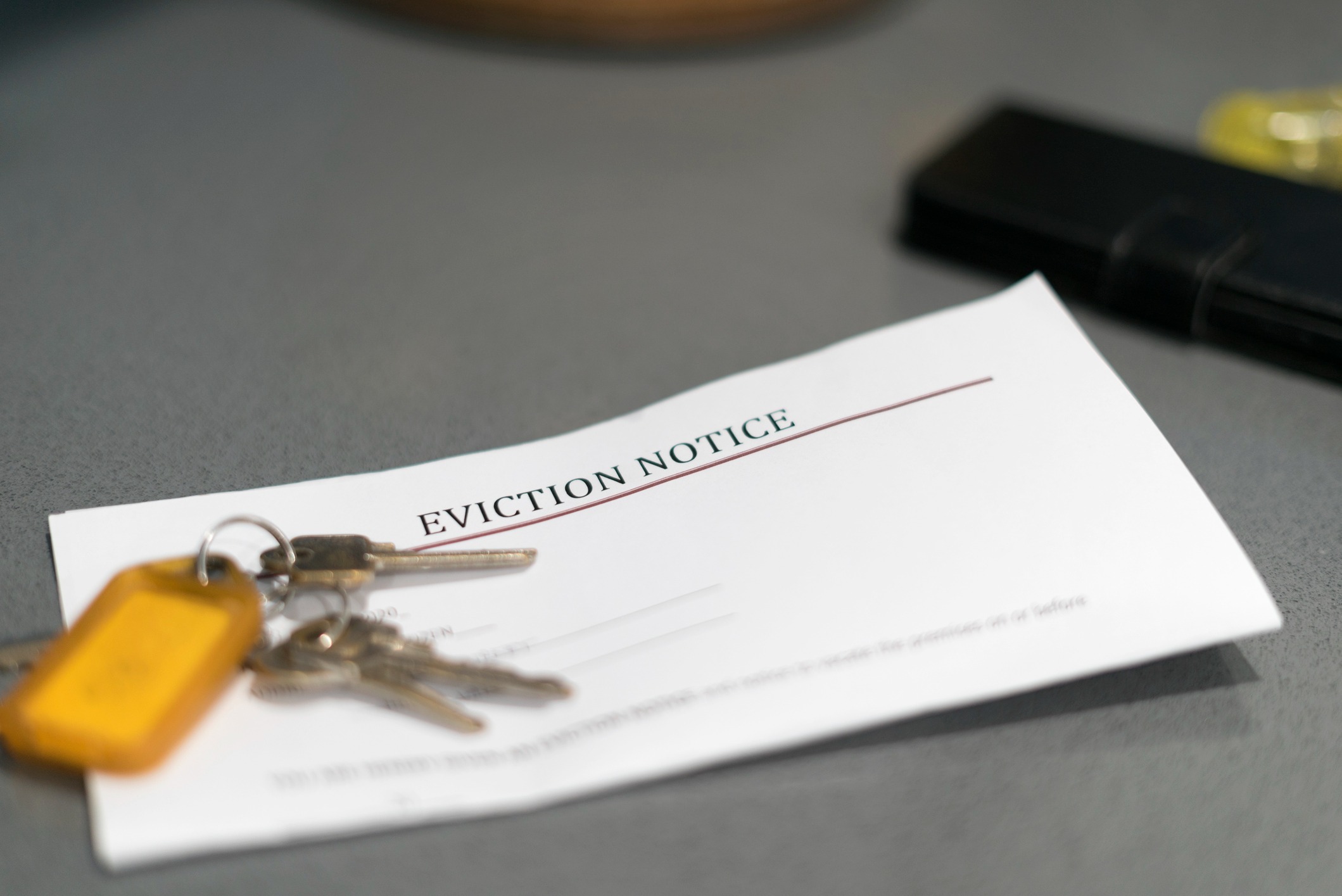Evicting a tenant is a challenging and sensitive process that landlords must navigate carefully to avoid legal pitfalls and ensure a smooth transition. Here’s a comprehensive guide on the key considerations landlords should keep in mind when dealing with tenant eviction.
Understanding the Legal Framework
1. Familiarize Yourself with Local Laws
Before initiating an eviction, landlords must understand the specific tenant eviction laws in their jurisdiction. These laws dictate the procedures, notices, and grounds required for eviction. Research the relevant landlord-tenant regulations in your area to ensure compliance.
2. Grounds for Eviction
Different regions have various acceptable grounds for eviction, such as non-payment of rent, breach of lease terms, or illegal activities on the premises. Ensure that your reason for eviction aligns with the legal grounds permissible in your area.
Preparing for Eviction
1. Review the Lease Agreement
Examine the lease agreement to confirm any specific clauses related to eviction. This document should outline the tenant’s obligations and any conditions under which the lease can be terminated.
2. Document the Tenant’s Behavior
Keep detailed records of the tenant’s behavior or actions leading to the eviction. This documentation may include missed payments, property damage, or complaints from neighbors. Evidence is crucial if the eviction is contested.
3. Provide Notice
Landlords must issue a formal eviction notice to the tenant. This notice must comply with local laws regarding the timeframe and format. It typically includes the reason for eviction, the required action from the tenant, and the deadline to vacate the property.
The Eviction Process
1. Serve the Eviction Notice
Deliver the eviction notice to the tenant according to local regulations. This can be done in person, by mail, or through legal delivery methods. Ensure that you keep a copy of the notice and proof of delivery.
2. Wait for the Notice Period
After serving the notice, landlords must wait for the notice period to elapse. This period varies by jurisdiction and can range from a few days to several weeks, depending on the reason for eviction and local laws.
3. File for an Eviction Lawsuit
If the tenant does not comply with the notice and vacate the property, landlords may need to file an eviction lawsuit, often referred to as an unlawful detainer action. This legal process involves presenting evidence to a court to obtain an eviction order.
4. Attend the Court Hearing
Prepare for and attend the court hearing to present your case. Bring all relevant documentation and evidence supporting your reason for eviction. Be prepared to answer any questions the judge may have.
5. Obtain a Judgment
If the court rules in your favor, you will receive a judgment that allows you to evict the tenant. This judgment will typically include a deadline by which the tenant must vacate the property.
Executing the Eviction
1. Coordinate with Local Authorities
If the tenant does not leave by the court-ordered deadline, you may need to work with local law enforcement to enforce the eviction. They will oversee the physical removal of the tenant and their belongings if necessary.
2. Change the Locks
Once the tenant has vacated the property, you may need to change the locks to prevent re-entry. Ensure that you follow legal procedures when doing so to avoid claims of unlawful entry.
3. Conduct a Property Inspection
Inspect the property for any damage or maintenance issues that may need addressing before a new tenant moves in. Document the condition of the property and make necessary repairs.
Post-Eviction Considerations
1. Return the Security Deposit
Review the lease agreement and local laws regarding the return of the security deposit. Landlords are typically required to return the deposit within a specified timeframe, minus any deductions for damage or unpaid rent.
2. Address Outstanding Rent or Damages
If the tenant owes outstanding rent or has caused damage beyond normal wear and tear, you may pursue legal action to recover these costs. Keep detailed records of all expenses and communications related to the recovery process.
3. Evaluate and Improve Leasing Practices
Reflect on the eviction process and identify any areas for improvement in your leasing practices. Consider revising lease agreements, conducting more thorough tenant screenings, and implementing better communication strategies to reduce the likelihood of future evictions.
Conclusion
Evicting a tenant involves a complex legal process that requires careful attention to detail and adherence to local laws. By understanding the legal framework, preparing thoroughly, and following proper procedures, landlords can navigate tenant eviction notice effectively while minimizing potential risks and complications. It’s always advisable to consult with a legal professional to ensure that all actions are in compliance with current regulations and to receive guidance tailored to your specific situation.
